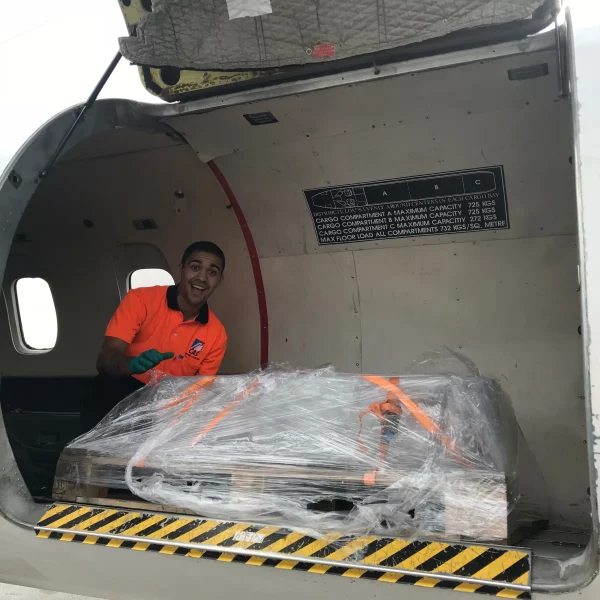Air Cargo Dangerous Goods
Sending Dangerous Goods as freight can be a complicated process. There are different requirements for sending Dangerous Goods by air compared to sending them by road.
Training Requirements
To send Dangerous Goods by air, it is recommended that the shipper completes a 3-day course that teaches how to use the IATA Regulations when consigning airfreight. This training is essential to ensure that you comply with the regulations.
When sending Dangerous Goods you need to consider:
- Suitable packaging
- Appropriate markings
- Correct paperwork
Some types of Dangerous Goods can only travel by air on Cargo Aircraft Only (CAO) or are required to be packaged into UN Specified packaging
Excepted Quantity or Not Restricted
Some Dangerous Goods can travel as an Excepted Quantity or Not Restricted as per Special Provisions within the IATA Regulations. This means that full DG requirements are not necessary, and a correct description of the goods is required on the airway bill.
Checklist Audit
Dangerous Goods will undergo a thorough checklist audit when lodged with the road freight company or airline. The Airfreight checklist covers 52 items to check as yes, no, or n/a. If one item is answered as no, the consignment will be rejected. Once rejected the freight is returned to the sender to re-consign compliantly and then re-lodge. Delays due to non-compliant packaging, markings, or paperwork can result in costly delays.
Expert Assistance
CASAIR Freight has Dangerous Goods by Air Acceptance trained staff who can assist in reviewing your consignment to determine if it might be classified as a Fully Declared Dangerous Goods or if it might be able to travel as an Excepted Quantity or Not Restricted. If it is a Fully Declared Dangerous Goods, the team can assist with the coordination of having Dangerous Goods specialists manage the packing, labeling, marking, and paperwork to ensure minimum delays.






